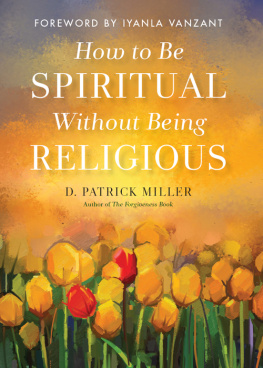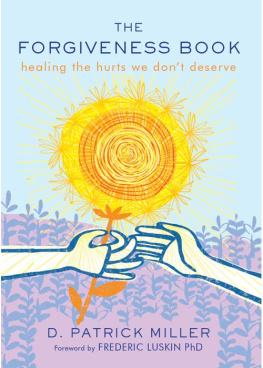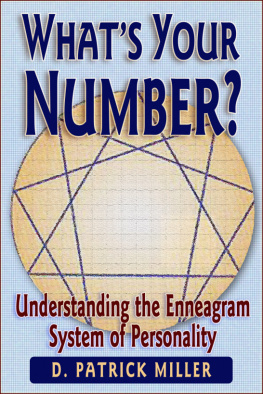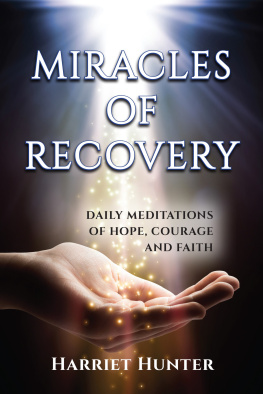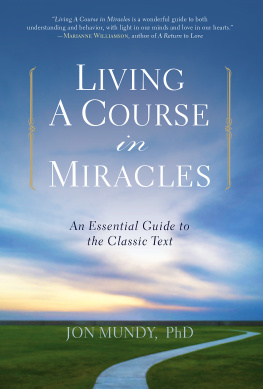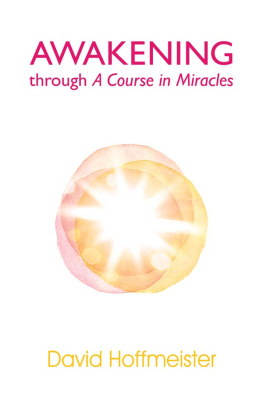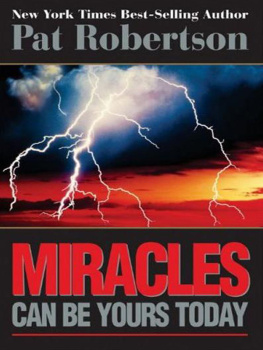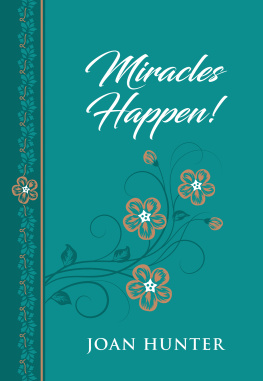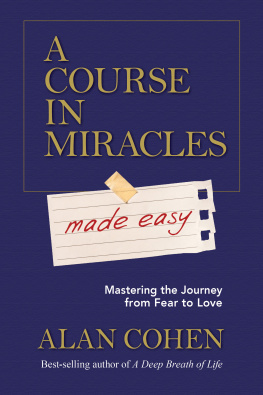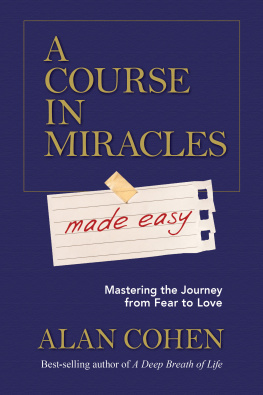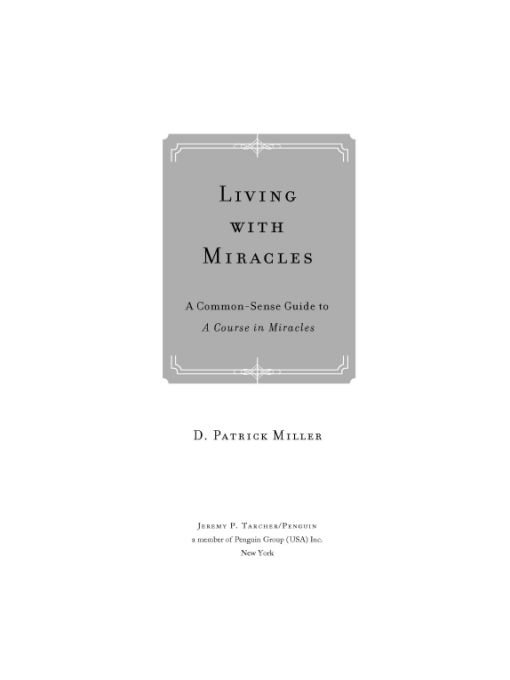Table of Contents
INTRODUCTION
A NEW KIND OF COMMON SENSE
A Course in Miracles (ACIM) is a modern spiritual teaching, self-described as a mind training, which leads its students toward a radical view of reality based on an intense discipline of forgiveness. It was first published as a three-volume set of books in the United States in the mid-1970s and has since sold more than two million copies in twenty languages around the world. Now published as a three-in-one compendium by the Foundation for Inner Peace in California, the standard edition of ACIM comprises about twelve hundred densely packed pages, divided between a lengthy Text, which lays out the basic philosophy; a shorter Workbook of 365 daily meditation lessons; and a brief Manual for Teachers that includes a Clarification of Terms and other explanatory material.
The Course was originally written down in shorthand by a Columbia University psychology professor named Helen Schucman by a process she identified as inner dictation, and she consistently refused to take credit for its message or ideas. The prose itself is expressed in a first-person voice clearly identified with Jesus Christ, offering a major revision of some fundamental principles of modern Christianity. Not surprisingly, the mysterious nature of this authoritative voice has sparked much discussion and controversy over the real authorship of ACIM. Schucman worked for seven years in secret with her supervisor at Columbia, William Thetford, to complete the recording and transcription of the Course, but only spoke about it once in public before her death in 1981. Thetford also declined to become a spokesman for ACIM before he passed away in 1988.
While not the basis of a religion in the usual sense, ACIM has at least several million students and countless study groups devoted to it, and hundreds if not thousands of self-appointed teachers. It has strongly influenced a wide array of thinkers, writers, activists, and business leaders, including Marianne Williamson, Oprah Winfrey, Wayne Dyer, and John Mackey, the cofounder of the Whole Foods supermarket chain. Its influence was central to the founding of such research and service organizations as the Institute of Noetic Sciences and the Attitudinal Healing Centers (also known as CorStone).
Although often identified as a centerpiece of the so-called New Age, ACIM actually contradicts key elements of New Age thinking and has deeper philosophical similarities to eastern Vedantism, western Gnosticism, the eighteenth-century immaterialism of philosopher George Berkeley, and modern transpersonal psychology. While it frequently uses Christian terms such as God, the Father, the Son, and the Holy Spirit, the message of ACIM often contradicts conventional Christianity, which has led to vehement criticism of the teaching in conservative Protestant and Catholic circles.
In practical terms, the Course is designed to serve as a self-study handbook of personal transformation. It provides both a comprehensive theory and a demanding daily practice of surrendering ordinary perceptions, conventional thinking, and comforting beliefs in favor of living by the moment-by-moment wisdom of an instinctive goodness. The Course calls that active wisdom the Holy Spirit, and suggests that anyone can learn to be constantly guided by the Holy Spirit through the means of forgiveness. What the Course means by forgiveness goes well beyond popular usage of the termbut more about that later.
A Different Take on Love
In the broadest sense, A Course in Miracles is a teaching of love, but its aim is not to persuade more people to believe in love. Plenty of people believe in love already while continuing to suffer loneliness, bewilderment, or desperation as they seek for the great healing force that always seems to disappoint or elude them. By contrast, ACIM calls love our natural inheritance, and aims to displace everything within the students mind that gets in the way of recognizing that inheritance. As a recurring motif of the Course Workbook asserts, God is but love and therefore so am I.
Whats in our minds thats getting in the way of the love that is really our nature? Its not primarily hate or selfishness, as one might expect. According to ACIM, those negative energies are only the symptoms of whats actually in the way: our fundamental beliefs that the everyday world around us is real, that we all live and die in separate bodies with individual minds, and that time and space limit our existence . Those beliefs seem like common sense to almost everyone. The Course asserts that such beliefs are not only mistaken, but in fact constitute madness.
To know what love isand to live by its truth rather than merely believe in itwe must gradually surrender the root beliefs that feed our collective insanity. In other words, we must learn to see ourselves and relate to each other as spiritual rather than physical beings. The Course asserts that we live in our minds, not our bodies, and even the conviction that you have a mind separate from everyone elses is an illusion. Where other spiritual paths may urge the surrender of our individual egos, the Course suggests that you need not surrender or fight against something that doesnt exist to begin with. You need only recognize that your ego, like the body it calls its home, is a profound delusion.
As the Introduction to the ACIM Text summarizes, Nothing real can be threatened. Nothing unreal exists. Herein lies the peace of God. Translation: What is real about us cannot be endangered. Since everything that is physical is threatened by decay or death, that means the entire material world is unreal and therefore does not exist. Understanding this is the key to recognizing our spiritual realitythat is, we are love itself, and nothing else. This realization eventually brings us real and permanent peace in the midst of the shifting, chaotic illusions of the everyday material world.
As radical as this diagnosis and prescription may sound, theyre not new ideas. Both Hinduism and Buddhism have long suggested that our most profound goal as human beings is to wake up to a higher order of reality than the web of illusion in which we are habitually snared. But A Course in Miracles has an uncanny way of bringing this kind of teaching home for the modern seeker. Its much more than an intellectual philosophy to be pondered and discussed, then set aside while we deal with the everyday challenges and opportunities of the so-called real world. ACIM is intended to serve as an uncompromising guide to a new way of life based on a profoundly different grasp of reality. Over time, the Course delivers startling experiences of psychological challenge, spiritual insight, and healing in relationships. And it does so without requiring students to join a religion or move to a monastery, ashram, or lonely cave.
This doesnt mean that ACIM exactly meshes with a modern lifestyle. Its not easy to accept that youre crazy, or to submit to a demanding mind training that aims to overturn all your ordinary perceptions. As Ill be commenting later in this book, even the most devoted Course students find themselves needing to take a break from the discipline from time to time (even for months or years). There is also a tendency to space out on the teaching, which has contributed to popular misperceptions of ACIM students as brainwashed cultists. As most veteran students will attest, the Course can be exceptionally difficult to comprehend, even after years of study and practice. Thats because its focused less on intellectual education than on a genuine transformation of the human mind and heart. And transformation is often a sloppy, unpredictable, and emotionally riotous process.


